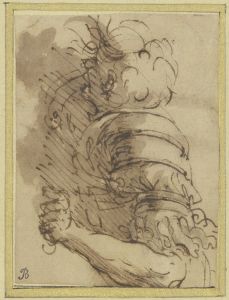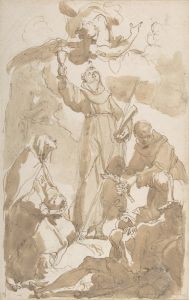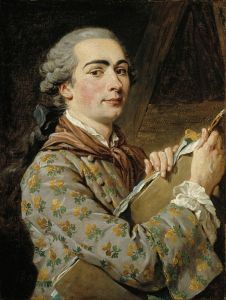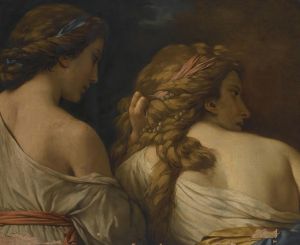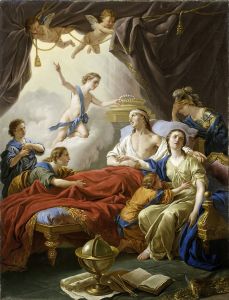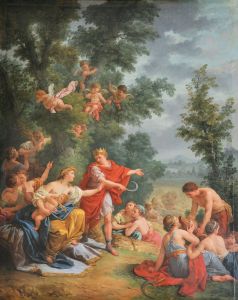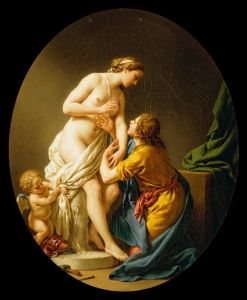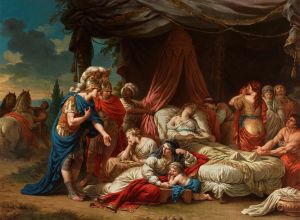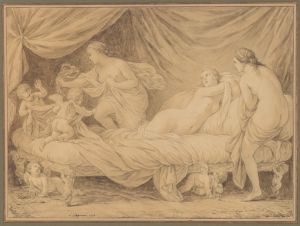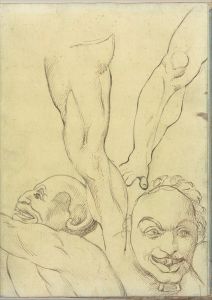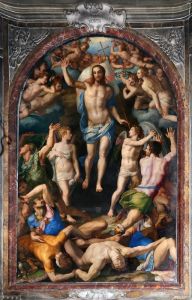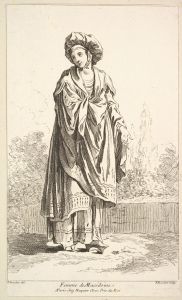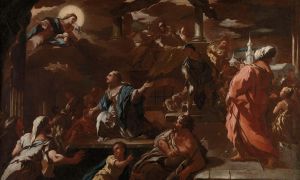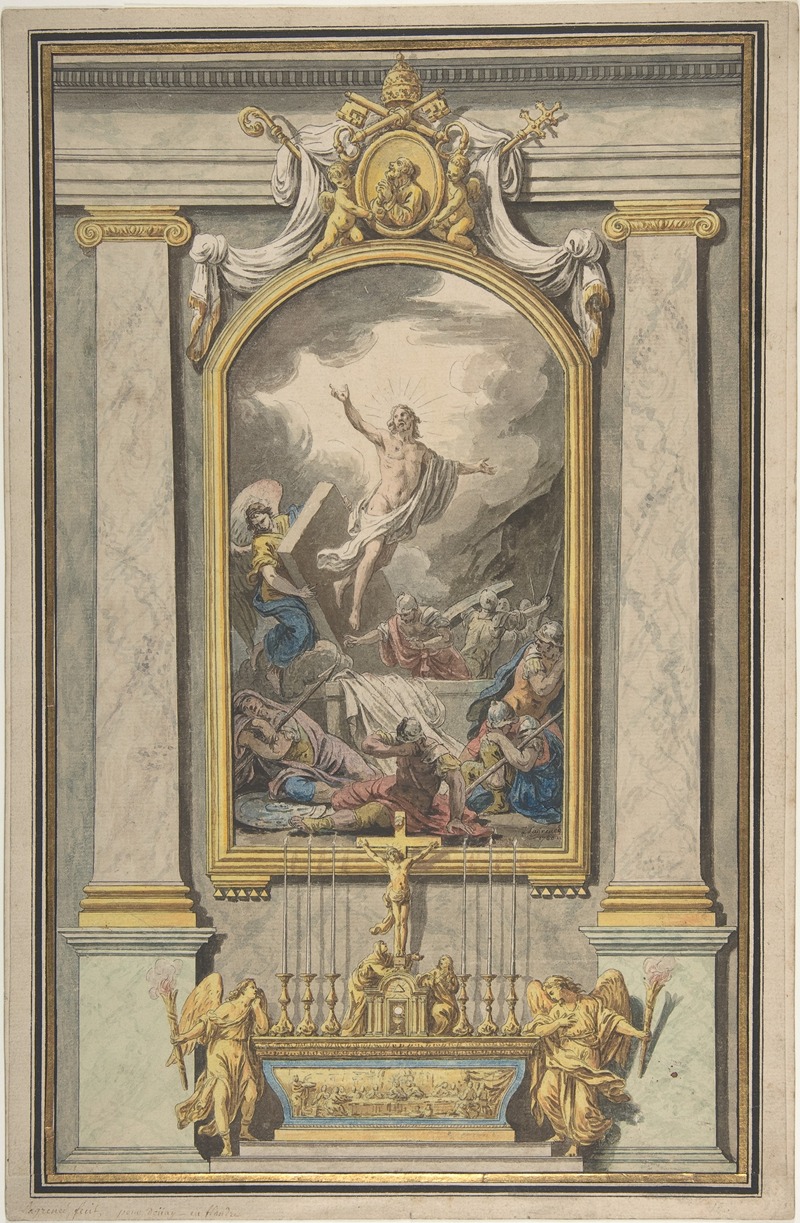
The Resurrection
A hand-painted replica of Louis-Jean-François Lagrenée’s masterpiece The Resurrection, meticulously crafted by professional artists to capture the true essence of the original. Each piece is created with museum-quality canvas and rare mineral pigments, carefully painted by experienced artists with delicate brushstrokes and rich, layered colors to perfectly recreate the texture of the original artwork. Unlike machine-printed reproductions, this hand-painted version brings the painting to life, infused with the artist’s emotions and skill in every stroke. Whether for personal collection or home decoration, it instantly elevates the artistic atmosphere of any space.
Louis-Jean-François Lagrenée's The Resurrection is a painting by the French artist, who was active during the 18th century and is known for his contributions to the Rococo and Neoclassical styles. Lagrenée, born in 1724 and passing in 1805, was a prominent painter of his time, celebrated for his religious, mythological, and historical works. He was a member of the French Royal Academy of Painting and Sculpture and served as a court painter to Louis XV.
The Resurrection depicts the biblical event of Jesus Christ rising from the dead, a central theme in Christian theology symbolizing victory over death and the promise of eternal life. The painting reflects Lagrenée's mastery of composition, use of light, and delicate rendering of figures, hallmarks of his artistic style. The work likely adheres to the traditions of religious art in the 18th century, emphasizing dramatic gestures, divine illumination, and a sense of spiritual transcendence.
While specific details about the commission, date, or current location of The Resurrection are not readily available, it is consistent with Lagrenée's oeuvre, which often included religious themes executed with a refined and elegant approach. His works were influenced by earlier Baroque artists but also incorporated the lighter, more decorative qualities of Rococo, transitioning later in his career toward the clarity and order of Neoclassicism.
Lagrenée's religious paintings were often intended for churches, private patrons, or academic exhibitions, aligning with the tastes and expectations of his contemporaries. His ability to convey emotion and narrative through his art earned him recognition during his lifetime, and he held prestigious positions, including director of the French Academy in Rome.
Without further documentation or specific records, additional details about The Resurrection remain limited. However, the painting exemplifies Lagrenée's dedication to creating works that combined technical skill with the ability to inspire devotion and contemplation in the viewer.






